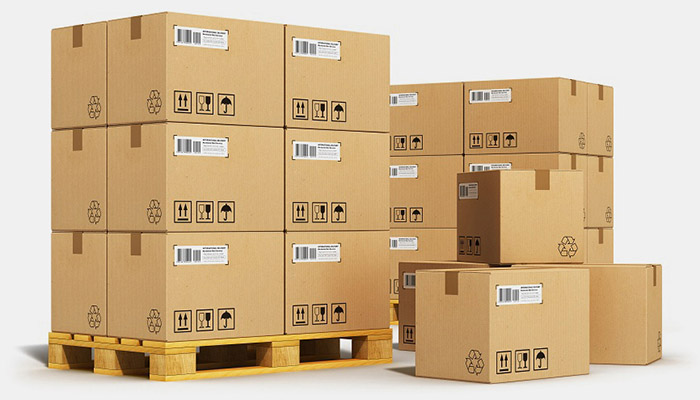Shippers are always looking for new ways to save money and cut unnecessary expenditures. And one way to do so is by making the most cost effective and practical choice when it comes to shipping their goods. But, with the lines between parcel and traditional less-than-truckload carriers blurring, the decision on which service to choose has become more nuanced.
So, how do you make the best choice for your business? We’ve put together a list of important elements to look at before making your final choice.
Size of Your Shipment
If you’re like a lot of shippers, you’re often stuck trying to decide if it’s more affordable to ship multiple packages in individual shipments, or as part of a larger LTL order. Sometimes the size of your packages will tell you all you need to know. Parcel services from carriers like FedEx and UPS place size and weight limits on the freight they will accept as small package shipments, and both set their size restrictions as follows:
• Packages cannot exceed 108” in length
• Packages cannot exceed a combined length plus girth (2 x height, 2 x weight) of 165”
• Packages cannot exceed a weight of 150 pounds
If your packages fall outside of these parameters, you’ll be charged extra to ship them, if they’re even accepted at all. This means it will likely be more cost effective to ship via an LTL service. If your packages do fall within these parameters, however, it’s time to consider other factors.
How fast does your freight need to reach its destination?
If your freight needs to get to where it’s going in a hurry, shipping parcel is usually your best bet. While some LTLs do offer guaranteed or expedited shipping, many don’t, so your options will be limited when shopping for rates. Not only that, but as with parcel carriers, you’ll pay a premium if your shipment needs to arrive within a tight window.
Where are your packages going?
Are you shipping your packages to multiple regions around the country, or are all they all heading in the same direction? If they’re going to the same area, it can be more cost effective and economical to ship with an LTL as you’ll be able to combine your packages into a palletized shipment. Combining your packages into one palletized load can help you reduce your costs on a per package basis, and thus lower the overall cost to ship your goods.
Consider accessorial charges
To make sure they’re compensated fairly for their services, LTL carriers sometimes assign accessorial charges for services that fall outside of their traditional scope (business to business or dock to dock pickup and delivery). Common accessorials that can increase your shipping costs include:
• Residential delivery or pickup
• Origin or destination lift gate requirements
• Inside delivery or pickup
• Shipment of hazardous materials
• Limited access delivery or pickup
• Trade show delivery or pickup
• Oversized shipments
• Sort and segregate requirements
• Notify consignee requirements
• Construction site pickup or delivery
If your shipment requires any of these additional services, you’ll have to factor them into your cost comparison. As prices for these services vary by carrier, you’ll want to compare multiple quotes.
Will you be charged by dimensional weight?
Before shipping, parcel carriers will ask you to compare the dimensional weight of your package to the actual weight. The higher number is the one you’ll be charged for. When your items are large in size, but light in weight, your dimensional weight will be higher, meaning you’ll pay more. If the dimensional weight of your package is significantly higher than the actual weight, you’ll want to look at combining your package into a larger shipment so you can send it out via an LTL.
NOTE: The formula for calculating dimensional weight according to UPS is as follows:
Length x Width x Height
139
Consider any volume discounts you might receive from your LTL
Carriers often give discounts to shippers when they meet agreed upon volume quotas, which is something you should consider when trying to determine which service, parcel or LTL, will save you the most. If you’ve already met, or are currently on track to meet your volume obligations with a carrier, it’s often better to choose the LTL service.
Which should you choose?
As you can see, there are quite a few factors in play when trying to decide whether it’s better to ship through a parcel or LTL carrier. Although it can be challenging to weigh all your options, the money you save will certainly be worth the time and effort spent. To expedite the process and ensure that you’re always getting the best rates, it can also be helpful to employ a trusted third party logistics provider (3PL) or freight broker who will work diligently to find you the best rates possible. Additionally, some Transportation Management Systems (TMS) give you the ability to compare rates in real time, making it easier to find the best carrier for your needs.
For more articles like this, subscribe to our newsletter!
Was this article helpful?
Michael Eichenberg is the co-founder and CEO of FreightSnap, allowing the supply chain, logistics, manufacturing, distribution and transportation industries to measure, weigh, photograph and ID pallets and parcels in just seconds. Learn more and share your ideas on Facebook and LinkedIn.

